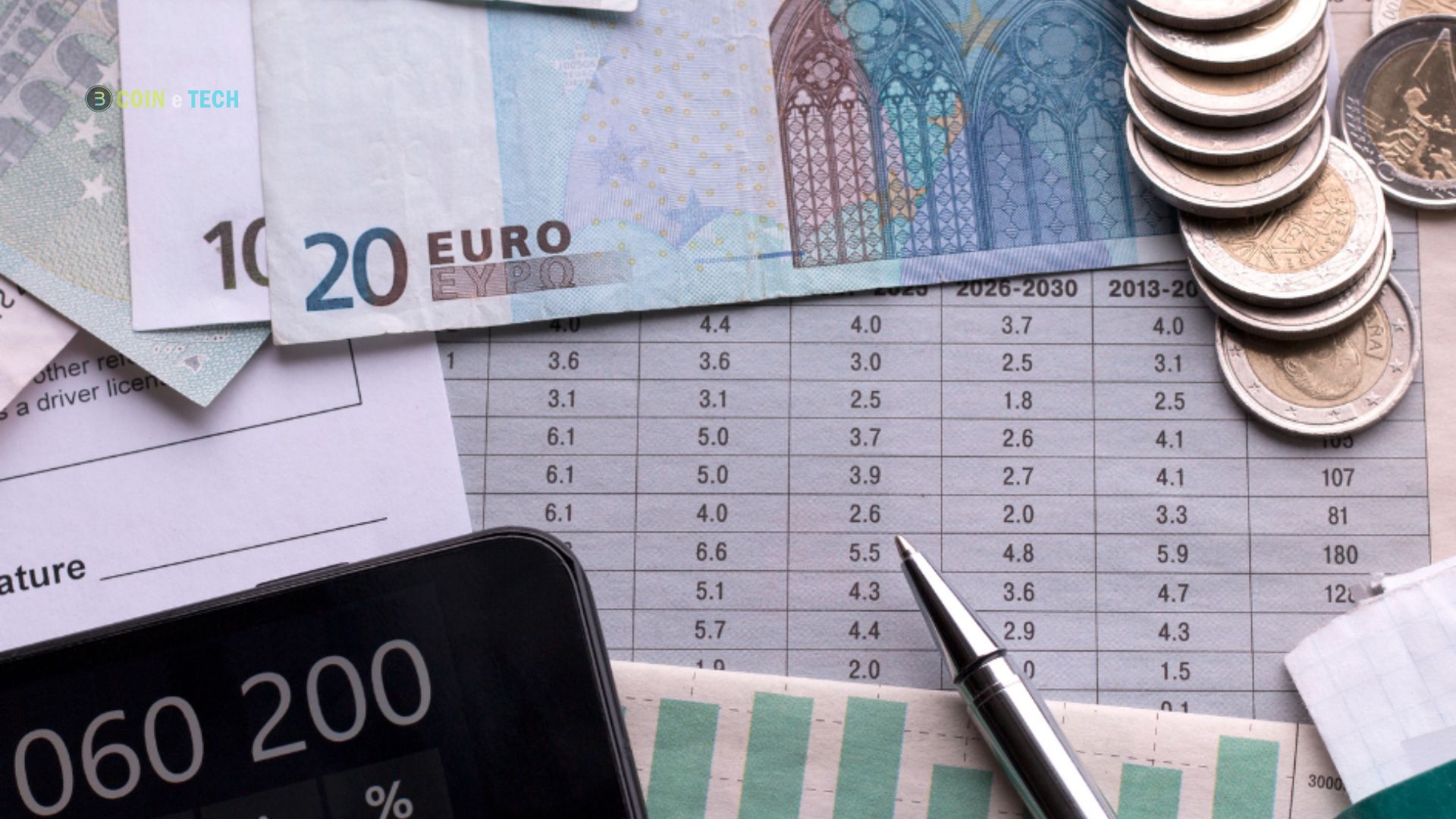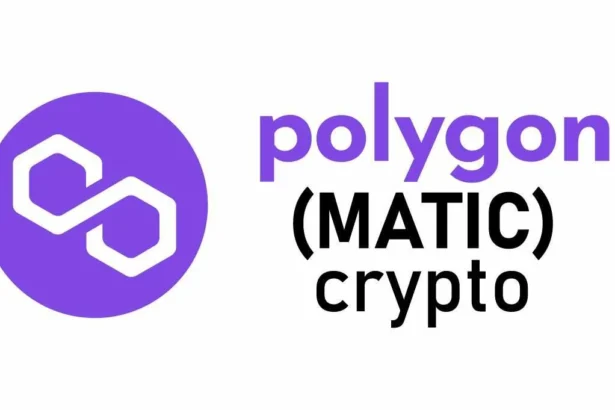In procurement, the term “sole source” refers to a single supplier being the only provider for a specific product or service. This can occur for various reasons, such as proprietary technology, specialized expertise, or unique geographical factors. Conducting a thorough price analysis in a sole-source procurement is essential to ensure the buyer gets a fair price while managing costs effectively. In this article, we will explore sole-source procurement, why it occurs, and the importance of price analysis in such scenarios. We will also cover key strategies and tools to help buyers analyze prices when negotiating with a sole supplier.
What Is Sole Source Procurement?
Sole source procurement happens when an organization purchases goods or services from a single supplier without engaging in a competitive bidding process. In a typical procurement, multiple suppliers bid for a contract, which helps ensure competition and potentially lower prices. However, a sole source might be the only viable option in some situations.
Why Does Sole Source Procurement Occur?
There are several reasons why a sole-source scenario may arise:
- Proprietary Technology or Product: Some suppliers may hold exclusive rights to a product or technology, making them the only provider. For example, no other supplier can legally offer the same product if a company has developed patented equipment or software.
- Specialized Expertise or Service: A specific company might have the technical expertise or capabilities required to fulfil a contract in certain fields. This is often the case in niche industries like aerospace or defence.
- Geographic Considerations: Sometimes, the supplier’s location might decide. If a supplier is the only one operating in a particular region or has exclusive access to certain resources, it may become the buyer’s sole source in that area.
- Urgency: Sometimes, a project’s timeline may necessitate a sole-source procurement. If there’s an immediate need and only one supplier can meet the delivery date, competitive bidding may not be an option.
Multiple suppliers compete on price and quality in a competitive bidding process, naturally reducing costs. However, in a sole-source procurement, the lack of competition makes it more difficult to assess whether the offered price is reasonable. This is where price analysis comes into play.
What is Price Analysis?
Price analysis involves evaluating the offered price of goods or services to determine if it is fair and reasonable, even when competition is limited or nonexistent. This analysis is critical in sole-source procurement to avoid overpaying, especially when no direct market comparison is available.

Why is Sole Source Procurement Price Analysis Important?
- Ensuring Fair Pricing: Without competitive bids, it’s easy for a sole supplier to charge higher prices. A detailed price analysis helps buyers assess whether the quoted price aligns with market rates and avoids unnecessary cost overruns.
- Negotiation Power: Even in a sole-source situation, the buyer still has room to negotiate. A well-conducted price analysis provides the buyer with data-backed evidence to push for price adjustments, better terms, or added value.
- Justification for Sole-Source Contracts: Government agencies and large corporations often require sole-source procurements to be justified and approved by oversight bodies. A price analysis helps demonstrate that the purchase price is fair, even without competition.
Key Factors in Sole Source Price Analysis
Conducting price analysis in a sole-source situation can be challenging, but focusing on several key factors can help negotiate a fair price.
Historical Pricing Data
One of the first steps in a price analysis is to gather historical pricing data for the product or service being procured. If the supplier has sold the same product to other customers or if the buyer has purchased it in the past, comparing current prices with previous sales can provide insights into whether the price is reasonable. This is particularly important in long-term contracts, where the supplier may try to raise prices over time. By analyzing historical data, the buyer can identify patterns of price increases and negotiate accordingly.
Cost Breakdown and Transparency
Another effective strategy is to request a cost breakdown from the supplier. A detailed breakdown of the costs of producing and delivering the product can help the buyer understand the pricing structure. This could include material costs, labour, overhead, transportation, and other relevant expenses.
Once the cost structure is clear, the buyer can assess whether the markup is reasonable or whether there are areas where savings could be negotiated. For instance, if transportation costs have increased, the buyer might look for ways to optimize delivery methods to reduce costs.
Compared with Similar Products or Services
Even if there’s only one supplier for a particular product, comparing the price with similar products or services from other industries can help with benchmarking. For example, if you’re purchasing a specialized piece of equipment, look for similar items in other markets to gauge if the price is aligned with industry standards. While this method may not provide an exact comparison, it can offer a point of reference to determine whether the sole-source supplier’s price is significantly above average.
Market Conditions
Market conditions can significantly impact the pricing of goods and services. Factors such as supply chain disruptions, raw material shortages, inflation, and technological advancements can impact the cost structure. When analyzing a sole-source price, it’s crucial to consider these external factors and assess whether they justify any price increases.
In some cases, the market might favour the buyer, such as during periods of technological innovation or when new suppliers are expected to enter the market. On the other hand, a supplier may be justified in raising prices if raw material costs have surged due to global events.
Supplier’s Financial Health
Understanding the supplier’s financial health can provide valuable insights during price analysis. If a supplier is financially struggling, they may inflate prices to compensate for other financial issues. Conversely, a supplier with a stable financial background may be open to negotiations, particularly for long-term contracts. Researching the supplier’s financial statements, profitability, and industry standing can help buyers determine whether the price reflects genuine cost increases or is being artificially inflated.
Challenges in Sole Source Price Analysis
While price analysis is critical in sole-source procurement, it comes with its own set of challenges:
Lack of Competition
The absence of competition can make benchmarking prices difficult, especially when the supplier only provides a particular product or service. Buyers must rely on market research, cost analysis, and historical data to evaluate the price without comparing bids.
Limited Transparency
Not all suppliers are willing to provide detailed cost breakdowns, making it harder for buyers to analyze prices accurately. In such cases, buyers must employ indirect methods such as market research or third-party expertise to gain insights into the pricing structure.
Time Constraints
In urgent procurement situations, buyers may not have the luxury of time to conduct a thorough price analysis. This can result in higher prices being accepted without negotiation, as the focus is on meeting immediate needs rather than ensuring long-term value.
Successful Sole Source Procurement Price Analysis Strategies
To overcome the challenges and ensure a successful price analysis in sole-source procurement, buyers can use several strategies:

- Engage Third-Party Experts: When internal expertise is limited, hiring third-party consultants or market analysts can provide an unbiased and detailed price analysis.
- Negotiate for Long-Term Savings: While immediate price reductions may not be possible, buyers can negotiate for long-term value by securing favourable terms such as volume discounts, extended warranties, or performance-based contracts.
- Leverage Data and Technology: Using procurement software and tools to gather data on market trends, supplier performance, and historical pricing can empower buyers to make informed decisions.
Also Read: Cost-Price Analysis 2024 and Smarter Business Decisions
In summary
For non-competitive sole-source procurement, price research is essential in preventing buyers from paying too much for goods and services. To better understand the price and negotiate a better deal, buyers can look at things, including the supplier’s financial health, market circumstances, cost breakdowns, and pricing history. Although there are obstacles to overcome, such as a lack of transparency and competition, buyers can still achieve cost-effectiveness in sole-source procurements using the correct tactics and tools.






